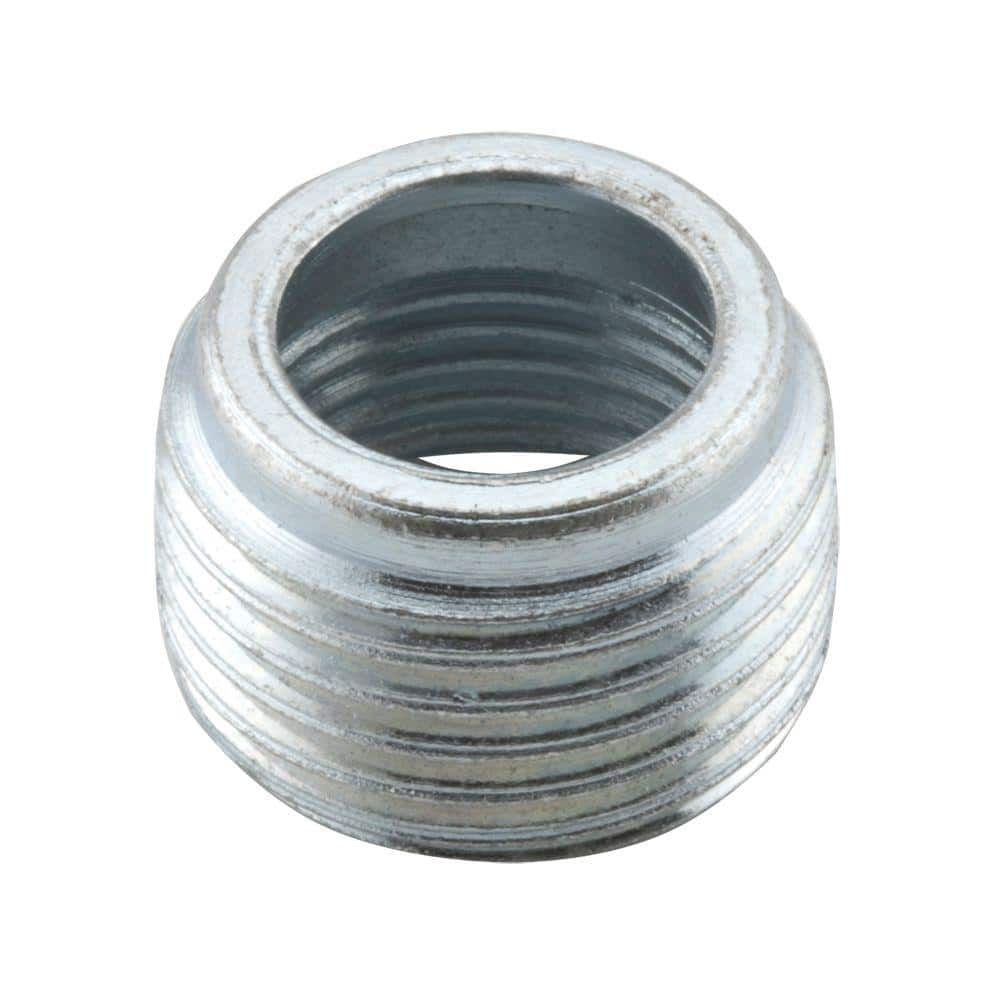SecurityCams
Getting the hang of it
- Jun 9, 2016
- 35
- 27
Thanks, I really appreciate the help.
Do you recommend a pulling loop at each LB like recommended in this video?
NO, not for network cable because you don't want the sharp bend but leave as much loose slack inside Lb as you can so you can easily pull back if you want but the runs you are making really are not long enough to be concerened.
You can easily pry the wires up if you need to pull them back out. Start with sucking brick layers string in then using that to pull in a larger nylon rope in your case about 1/4 to 3/8 inch Pull the string then the rope all the way through then attach your wires to the rope staggering them so you don't have a big ball on the end (add another brick layers string to the wires so you have a way to pull another wire in later when you are done there should be a string from one end to the other for future pulls.).
Then go to the first LB or junction box and pull the rope loose enough to pull the first run, When you have it into the LB or box, pull enough out for the next run, then go to the next junction and do the same till you are done. Doing it this way you won't have to reconnect the wires to the pulling rope at every junction. For wires that don't get pulled all the way to the last box, cut those off and pull plenty out to make your connections plus at least 18 inches so you you have plenty to work with then tie the end off so it stays put until you are ready to make your connections.
You have to use a vac of some sort to suck the string in or you can borrow or buya a fish tape. for this job the fish tape would probably be easier.
Note that the conduit in the video is "EMT" Electrical Metallic Tubing, don't use that it is not intended for outdoor locations where exposed to weather.
You are welcome, glad I can help you. Post back anymore questions you may have before you start and I will reply as soon as I can. If there was anything I am not clear enough about post back.
This will be a whole alot easier if you have a helper and you won't need to pull a bunch of wire out at each junction just leave a loop until your done - MAKE SURE you leave plenty of wire at each box for your cameras, If you can loop a couple turns without bending to tight you wil have enough to re-do connections if you need to.
Have blessed evening.
David




